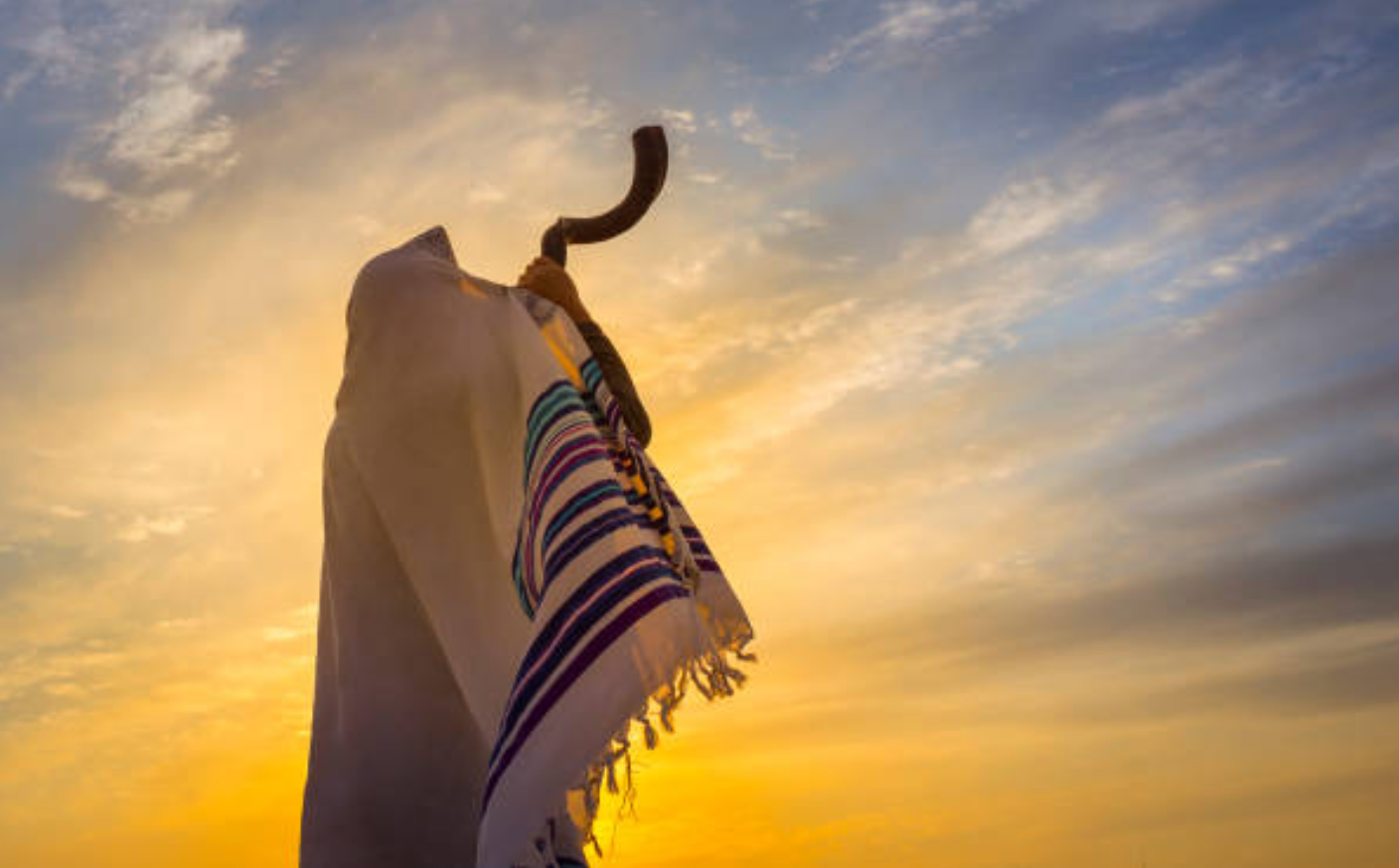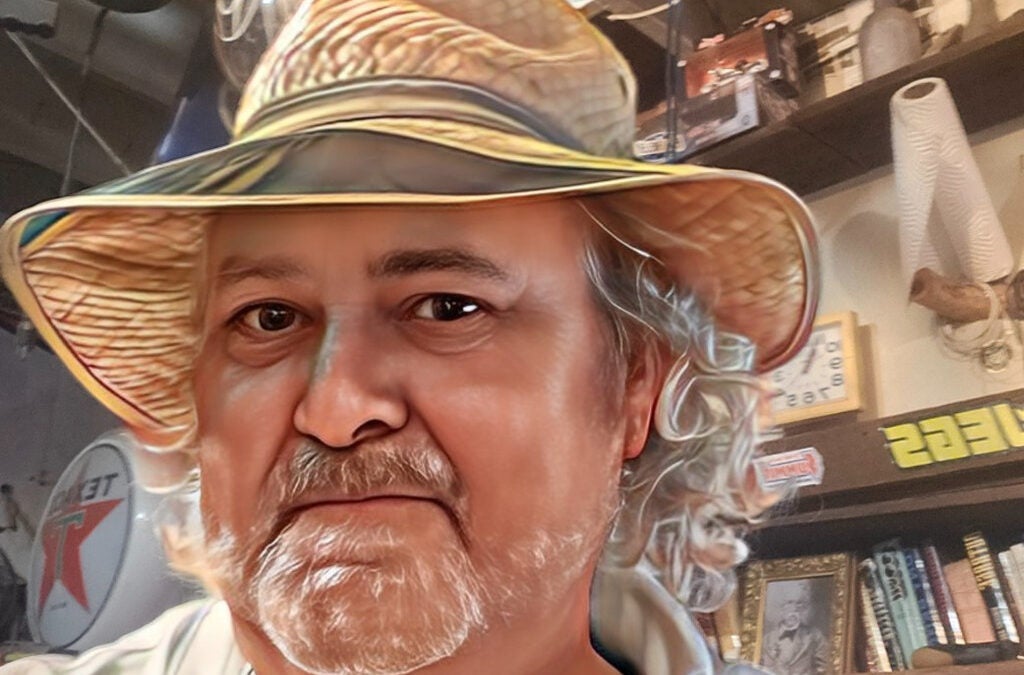On Sept. 24 and 25, Jewish people around the globe celebrated the holiest day of the year – Yom Kippur — when believers feel they are closest to God and the essence of their souls.
Yom Kippur, meaning “Day of Atonement,” is centered around forgiveness, purification and the cleansing of one’s eternal soul.
Right on the heels of Rosh Hashanah, the Jewish New Year, Yom Kippur entails abstaining from food and drink for over 25 hours. In place of eating and many other everyday activities, Jews spend the day in synagogue, praying.
For Yom Kippur, five prayer services are held within the synagogue. These include: Maariv, Shacharit, Musaf, Minchah and the Neilah.
On Sunday evening, Sept. 24, the night of Yom Kippur, fasting begins at approximately 7:05 p.m. followed by a Kol Nidrei evening service. At 7:15 p.m., the Chabad of Augusta, located at 3924 Old Furys Ferry Road, brought members of the Jewish community together to recite prayers and pledge new promises to keep in mind over the next year.
Inspiring his synagogue with real life examples of friendship, kindness, determination and generosity, Rabbi Zalman Fischer colored his Yom Kippur Kol Nidrei service with the importance of improving life for all and undergoing difficult but important inner growth.
“I hope people are inspired by Yom Kippur to be more themselves, and it should impact them the rest of the year,” said Fischer. “Not eating or drinking over a 24-hour period really changes how we relate to our audiences as our spiritual journey.”
In a room filled with ritualistic items, religious texts and symbolic articles, candles burned brightly in a small corner of the synagogue in remembrance of deceased loved ones.
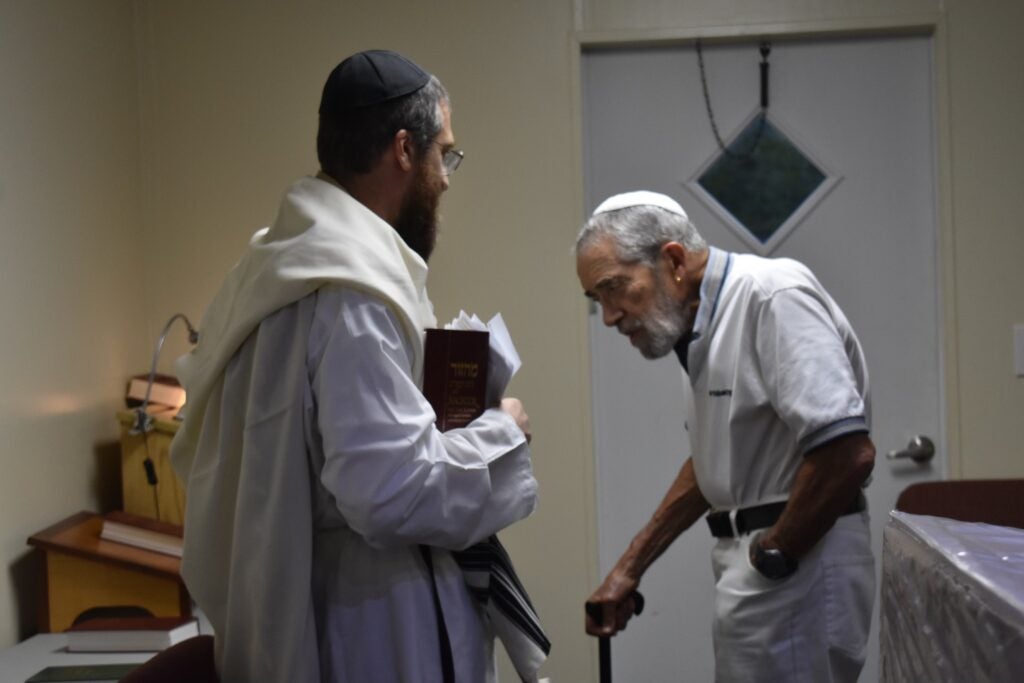
“It’s not a commandment, but it’s a custom,” said Fischer. “The candle represents a soul. If you looked at a wick, you could see the flame is trying to inch itself upwards to a higher source … it’s almost like the flame is trying to run away from the wick.”
Fischer said such symbolism closely represents how the human soul has a constant “yearning for God,” but one’s physical body keeps people firmly attached to Earth.
Many members of Fischer’s synagogue attended clothed in white and donned ritual prayer shawls, known as Tallits.
“White represents the cleansing of sin,” he said. “So, the idea of white is spiritual cleanliness and purity, and representing angels within the color.”
To increase focus on evaluating and enhancing one’s relationship with God, men and women also sat on opposite sides of the room, which was divided in half by a thin screen.
Beyond specific actions and prayers, the holiday is especially dedicated to introspection and improving oneself, as well as asking for forgiveness.
“Life is filled with winding roads and I don’t always know where I’m heading,” he said. “But that is not a mistake. The obstacles of life are not obstructing our way – they form and shape our way.”
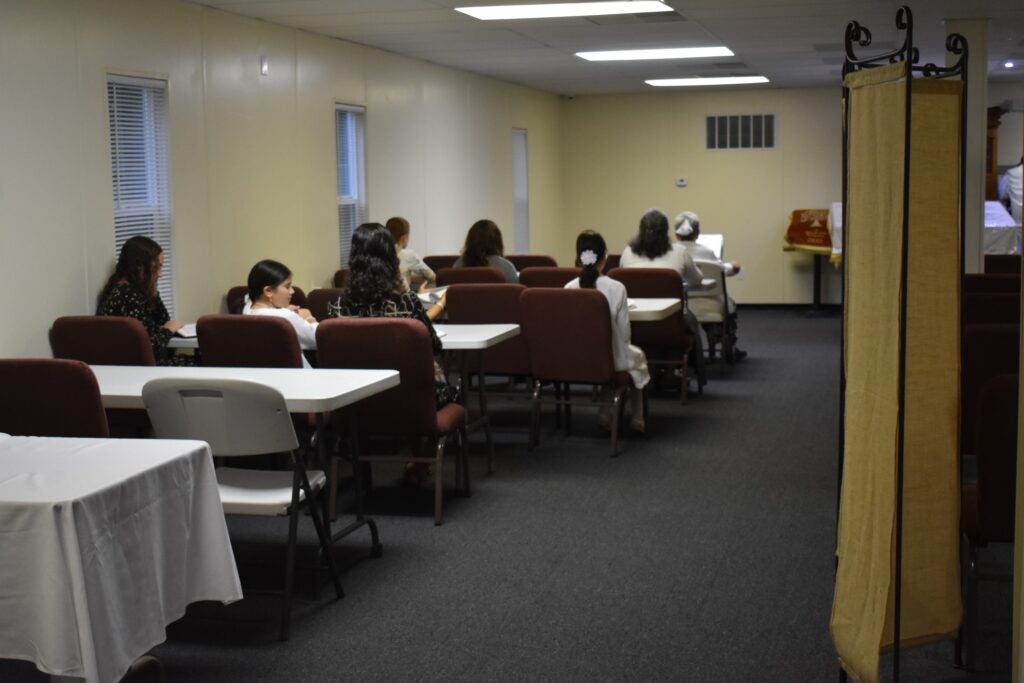
At his evening Yom Kippur service, Fischer also discussed how earthly pain, both physical and emotional, can lead to greater enlightenment with others and God.
“Even in our deepest pain, we are not alone,” said Fischer. “My best friend is always present, even if I can’t see Him. He is with me – watching over me, walking beside me and holding my solemn hand … God is present in every single moment. God is with me in my pain, in my traumas, setbacks, failures and in my remorse.”
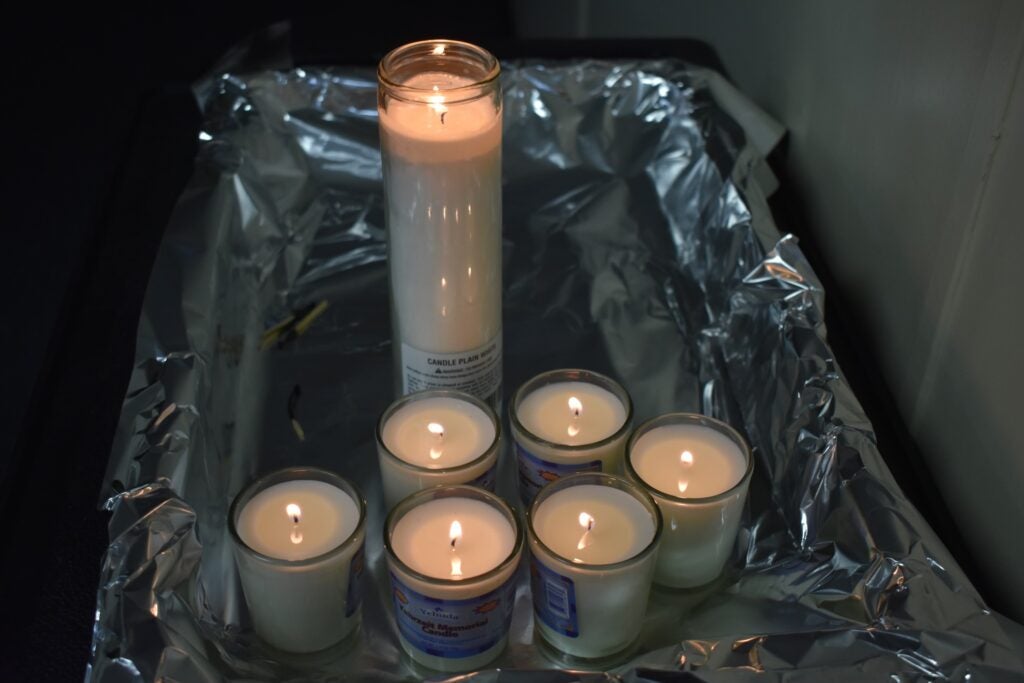
When the “crutches of life are snatched away,” Fischer advised members of his synagogue to endure different hardships and comfort each other with empathy and patience. For such life “sunsets” allow God’s voice to become apparent in the dark moments.
“This is the day that God asks us to open our hearts and realize that His loving presence was always there with us,” he said. “Yom Kippur is the gift God gave us to be able to reach deeper inside to feel and experience his presence.”
With Yom Kippur ending on Monday, Sept. 25, the Jewish community is gearing up for Sukkot, which begins on Sept. 29 and is a weeklong festival that involves giving thanks for the fall harvest and commemorating God’s protection.

